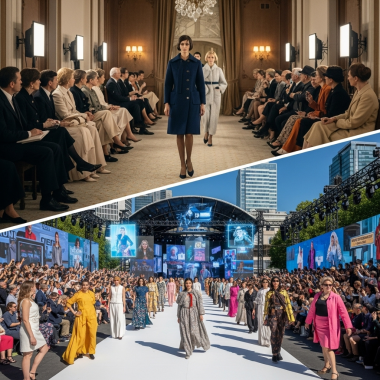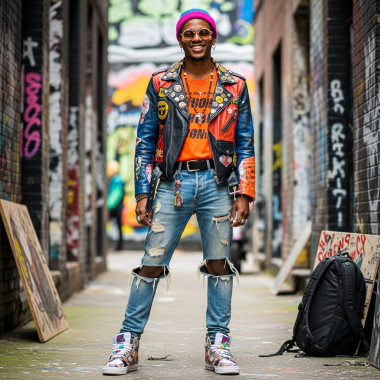The world of fashion, traditionally rooted in craft, textiles, and human touch, might seem antithetical to the cold, precise realm of technology. However, the truth is that these two powerful forces are increasingly intertwined, weaving a new future for style that is innovative, efficient, and deeply personalized. From the design studio to the consumer’s closet, technology is revolutionizing every facet of the fashion industry, pushing boundaries and redefining what’s possible.
At the very earliest stages of design, digital tools have become indispensable. Computer-Aided Design (CAD) software allows designers to create patterns, visualize garments in 3D, and experiment with different fabric drapes and textures without cutting a single piece of cloth. This not only speeds up the design process but also significantly reduces waste from sampling. Virtual prototyping allows designers to present collections in a digital space, enabling buyers to view and select items without the need for physical samples, further streamlining the supply chain and reducing carbon footprint. Augmented Reality (AR) and Virtual Reality (VR) are being used for virtual try-ons, allowing consumers to see how clothes would look on them without stepping foot in a store, enhancing the online shopping experience.
Beyond design, manufacturing processes are being transformed by technology. Advanced robotics and automation are making factories more efficient and precise, while also improving working conditions for human employees by handling repetitive or hazardous tasks. 3D printing, once a futuristic concept, is now being used to create intricate garment embellishments, accessories, and even entire shoes, offering unprecedented customization and reducing material waste. Laser cutting technology allows for incredibly precise pattern cutting, optimizing fabric usage and minimizing scraps. These technological advancements are not only about speed but also about creating more sustainable and localized production methods.
The retail experience is another area where technology is making significant strides. E-commerce platforms have long been a staple, but now they are enhanced with AI-powered recommendation engines that analyze purchase history and Browse behavior to suggest personalized products. Smart mirrors in physical stores can offer styling advice or allow shoppers to virtually try on different sizes and colors. RFID (Radio-Frequency Identification) tags embedded in clothing improve inventory management for retailers, ensuring that popular items are always in stock and reducing instances of overproduction. The integration of online and offline experiences, often referred to as “omnichannel retail,” is powered by sophisticated data analytics and seamless technological integration.
Perhaps one of the most exciting frontiers is the development of smart textiles and wearable technology. Imagine fabrics that can regulate your body temperature, monitor your health, or even charge your phone. Companies are experimenting with conductive yarns, embedded sensors, and color-changing materials that react to light or temperature. While still in nascent stages for mass market adoption, these innovations promise a future where clothing is not just about aesthetics but also about enhanced functionality and connectivity. This blurs the lines between fashion, electronics, and even healthcare.
However, the rapid integration of technology into fashion also presents challenges and ethical considerations. Data privacy becomes paramount as more personal information is collected through smart garments and online interactions. The environmental impact of producing high-tech materials and managing electronic waste also needs careful consideration. Furthermore, there’s a constant debate about how much technology should dictate creativity versus enhance it, ensuring that human artistry remains at the core of fashion design.
In conclusion, technology is no longer just a tool for the fashion industry; it is becoming an integral part of its fabric. From conceptualization to creation, and from marketing to consumption, innovation is driving a new era of personalized, efficient, and potentially more sustainable style. As technology continues to advance, the future of fashion promises to be as dynamic and transformative as the clothes themselves.



